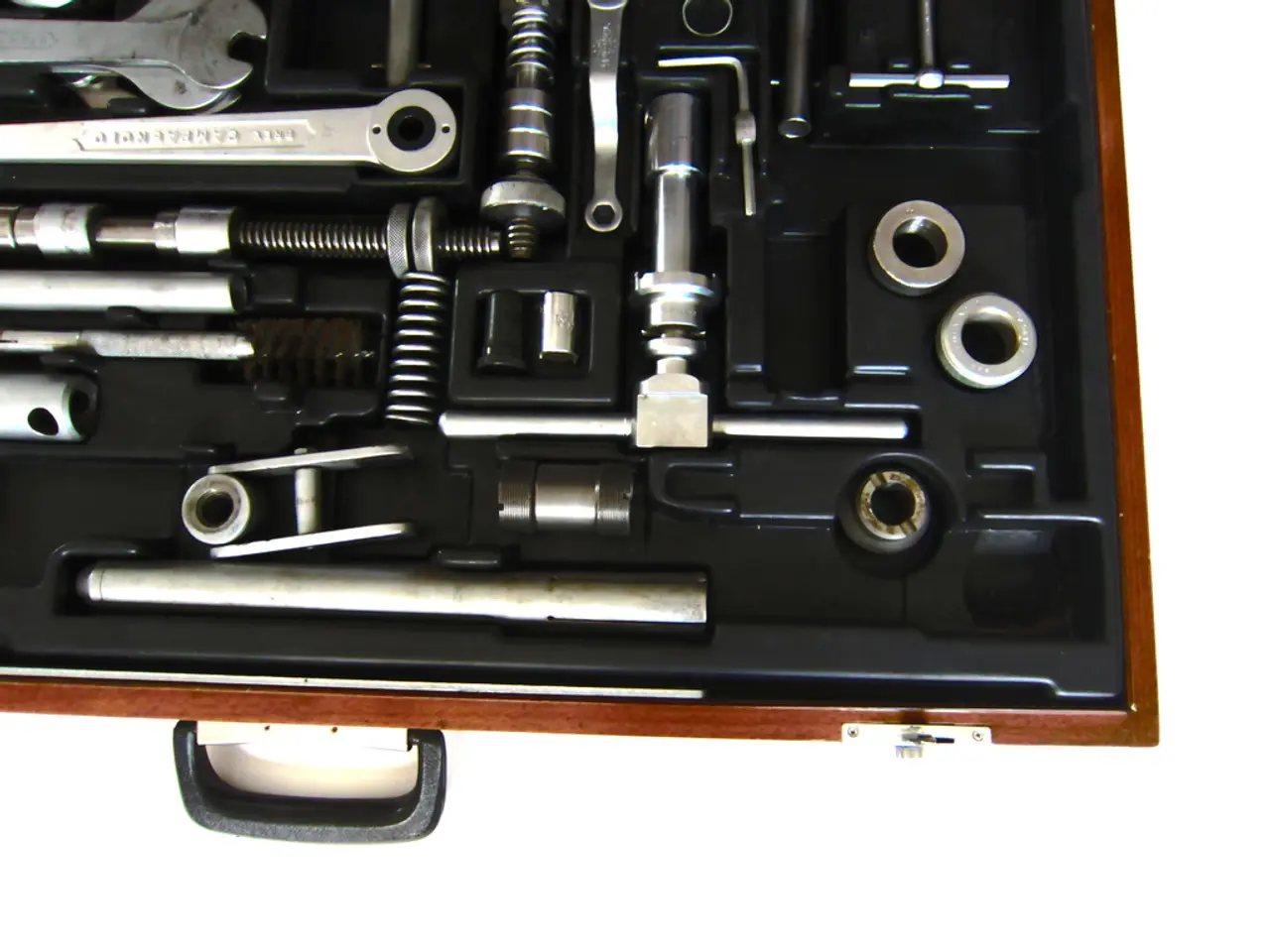Italian Government Yields to Local Pressure, Reducing Art VAT to 5%
In a significant move, Italy has reduced its Value Added Tax (VAT) on art sales from a high of 22% to a more competitive 5%, making it one of the lowest rates in the European Union. This reduction, which is expected to be approved by parliament within 60 days, is poised to have a substantial impact on Italy's art market and wider cultural and economic landscape.
The lowered VAT rate brings Italy in line with, or even slightly below, major European art markets such as France and Germany, which previously had a competitive advantage due to their lower VAT rates of 5.5% and 7%, respectively. This change is expected to significantly increase market turnover, with market consulting firm Nomisma projecting a €1.5 billion ($1.76 billion) increase in art market turnover within the next three years.
The broader economic impact could be as much as €4.2 billion ($4.94 billion), due to increased activity in related sectors such as tourism, art services, and cultural events. The reduction is also expected to encourage more Italians to collect art and support local artists, helping to invigorate the broader cultural ecosystem.
The reform is also seen as creating new opportunities for emerging artists, as galleries and dealers may be more inclined to take risks on new talent when their costs are lower. The reduction follows strong advocacy from galleries, artists, and auction houses, signaling a renewed sense of unity and belief in Italy’s cultural identity.
In addition to the VAT reduction, the import tax on art has also been reduced from 10% to 5%, making Italy one of the most attractive destinations in Europe for buying and selling art. This move aligns with the EU Directive 2022/542, which allows member states greater flexibility in setting lower VAT rates on art, further integrating Italy into the wider European art market.
Industry leaders and government officials view this as the first step in broader reforms to boost the competitiveness and vibrancy of Italy’s art market. The reduction comes at a time when global art sales have declined, with Italy experiencing a 10% drop in art sales in 2024. The lower VAT is intended to help reverse this trend and incentivize trade.
A study by Nomisma estimated that cutting the VAT could generate €1.5 billion for galleries, antique dealers, and auction houses in Italy over three years. Agnese Bonanno, head of marketing and communications at Il Ponte Auction House in Milan, believes harmonizing VAT rates with European standards will attract international collectors and market operators to invest in Italy.
Italian auction houses are expected to reap the benefits of the reduced VAT, with Italian art sales in 2021 totalling between $381 million and $425 million, while the UK and France had much higher totals. Catarina Antonaci, associate director of Richard Saltoun Gallery in Rome, is pleased to offer collectors more favorable conditions due to the VAT reduction.
The Italian government's decision to reduce the VAT on art sales is a turning point for the art world and the broader Italian cultural and economic environment. If approved, the VAT reduction is expected to bring relief to the Italian art ecosystem and contribute significantly to Italy's economic growth.
- The art market and Italy's broader cultural and economic landscape may experience substantial growth due to the reduced VAT on art sales, placing Italy among the most competitive European art markets.
- The industry forecasts a €1.5 billion increase in art market turnover within the next three years, with a broader economic impact of €4.2 billion.
- Support for local artists and cultural ecosystems could be invigorated, opening up new opportunities for emerging artists as galleries may be more willing to take risks on new talent.
- By harmonizing VAT rates with European standards, Italy hopes to attract international collectors and market operators, making Italy a more attractive destination for buying and selling art.
- The Italian government's decision aligns with the EU Directive 2022/542, allowing greater flexibility in setting lower VAT rates on art and further integrating Italy into the European art market.
- Industry leaders and government officials view this VAT reduction as the first step in broader reforms to boost the competitiveness and vibrancy of Italy's art market, aiming to reverse the 10% drop in art sales experienced in 2024.




